 Lately, I’ve been on a Jane Austen movie binge. I just can’t resist the empire gowns, the cravats, the balls, the wit and humor, and Mr. Darcy (insert swoon here).
Lately, I’ve been on a Jane Austen movie binge. I just can’t resist the empire gowns, the cravats, the balls, the wit and humor, and Mr. Darcy (insert swoon here).
But in typical writer fashion, of course I couldn’t just enjoy the stories like a normal person–I had to be curious about how Jane Austen constructed them, too. Much like a builder staring up at a domed ceiling and instead of appreciating the beauty thinking, how did they do that?
Yes, I have a problem, but today it’s to your benefit because I’m going to show you how to write a love triangle like Jane Austen 😉
Jane Austen’s design behind her love triangles struck my curiosity because usually I’m not a fan of love triangles. Usually, I find them annoying and predictable. But I was surprised to find that the love triangles in Austen’s works didn’t bother me, and I was able to enjoy them.
Why was that? What had she done differently?
Of course I couldn’t resist analyzing and breaking it down to try to find an answer, and today I’m going to share my findings with you. It turns out, Jane Austen’s love triangles have subtle differences from the typical love triangles I’ve come across in YA novels and even a lot of romance films. Before we break down those differences, let’s take a peek at a typical YA love triangle.
A Look at a “Typical” YA Love Triangle
Most YA love triangles I’ve encountered look something like this:
The heroine falls in love with two guys at the same time. They are both great guys, though usually one is more edgy, distant, aloof, harder to obtain, etc. and/or has a bad boy side.
Guy #2 is usually the more “practical” choice as he’s “safer” and would be “better for her.” He tends to be the boy-next-door or best friend type.
The heroine agonizes over which guy she should choose as both fight for her heart. She goes back and forth between the two and just can’t make up her mind.
Examining Jane Austen’s Love Triangles
Now, on the other hand, let’s examine the elements of the type of love triangle Jane Austen creates.
1. First, the heroine does not fall in love with both men at the same time. She has feelings for only one at a time. In Pride and Prejudice, Elizabeth Bennett has a crush on Wickham for a while. After she learns his true character her feelings subside, and it is only then that her heart begins to turn towards Darcy.
In Sense and Sensibility, Marianne Dashwood ignores the attentions of Colonel Brandon, thinking him too old and unromantic, and falls in love with the dashing Willoughby. But she realizes what Willoughby is really like when he abandons her and breaks her heart. Eventually, Marianne gradually falls in love with Colonel Brandon.
2. Not both men are good options. In most YA love triangles both love interests are good options, and for the heroine it’s just a matter of deciding who she loves more and wants to spend her life with.
 But in Jane Austen’s novels, one man is the “right” choice while one man is the “wrong” choice, and it’s up to the heroine to learn their true character in order to make her decision.
But in Jane Austen’s novels, one man is the “right” choice while one man is the “wrong” choice, and it’s up to the heroine to learn their true character in order to make her decision.
Basically, Austen encourages readers not to decide on a man with your heart or romantic feelings, but to judge and know his character.
In many YA love triangles, often the emphasis is placed on feelings and physical attraction and little is revealed about the character of the love interest. But Austen has her heroines learn the character of the love interest so they have a reason to like them that runs deeper than physical attraction.
3. While one man is meant to be the wrong option, both men might appear to be good options. Austen loves to show that charms and dashing good looks do not reveal a man’s true character, and are not enough to build a lasting love.
For example, in Pride and Prejudice Wickham is very charming, good-humored, and handsome. It seems like he’s a decent man and would make a good love interest–until his true character is revealed. Similarly in Sense and Sensibility, Willoughby is dashing, romantic, and charming, but his character is lacking. And in Emma, Frank Churchill is yet another charming man of shallow character.
Austen loves to create characters who appear to be good love interests because they’re handsome, charming, romantic, etc., but in the end it’s the men who possess qualities that matter such as loyalty, commitment, devotion, compassion, honor, responsibility, etc. who end up winning the heroine’s heart.
4. The heroine is decisive and does not waver back and forth between the love interests. The main reason I have such a hard time with modern YA love triangles is that after a while it drives me nuts when the heroine can’t decide between two guys.
I hate the constant jumping back and forth and eventually I want to grab the heroine and shake her and scream just pick one already! I can put up with it for a while, but if it’s dragged out for too long–or over an entire series–it begins to wear on me.
I think authors feel this increases the tension and in a way it does, but it can also make the heroine seem very fickle or as though she is toying with the two guys. Jane Austen avoids this problem by having her heroines feel for only one man at a time, though two men might be interested in the heroine at the same time.
For example, in Pride and Prejudice Mr. Darcy and Wickham are interested in Elizabeth at the same time, but she is only interested in one of them at any given time. And in Sense and Sensibility, both Colonel Brandon and Willoughby are interested in Marianne at the same time, but she only likes one of them at a time.
I find this slight shift in love triangle dynamics interesting, and I can’t help but wonder what these stories would have looked like had the heroines been interested in both men at once!
Final Thoughts
Even though the differences in the way Jane Austen designs her love triangles are subtle, I feel like their impact is much deeper and emotional than that of many modern love triangles out there today.
Austen’s love triangles aren’t about choosing the hottest guy, or the guy who’s the best kisser or the best in bed, or the guy you have the best chemistry with. They’re about choosing the guy with the best character, a man who will truly love and commit to you. They’re about avoiding rogues in gentleman’s clothing, or villains with the face of a Disney prince.
Personally, I find this type of love triangle more realistic and relatable. The romance it creates also provides more depth because we get to truly know the characters–not just read lengthy descriptions of heated make-out scenes.
Which type of love triangle do you prefer? Are there any other differences between typical YA love triangles and Jane Austen’s that I missed? What do you think Jane Austen’s stories would have been like if they were done in the style of a typical YA love triangle? Leave you thoughts below!











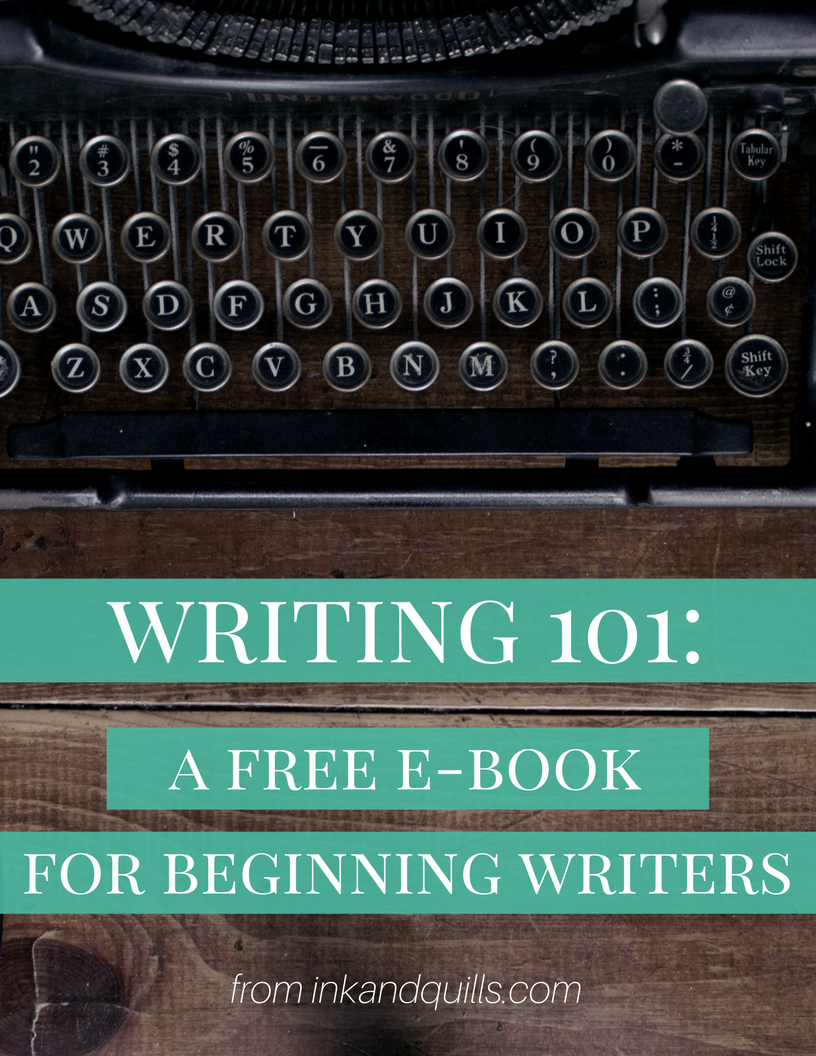

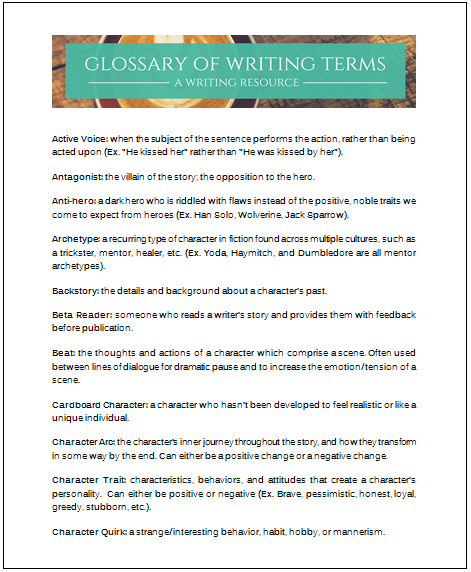

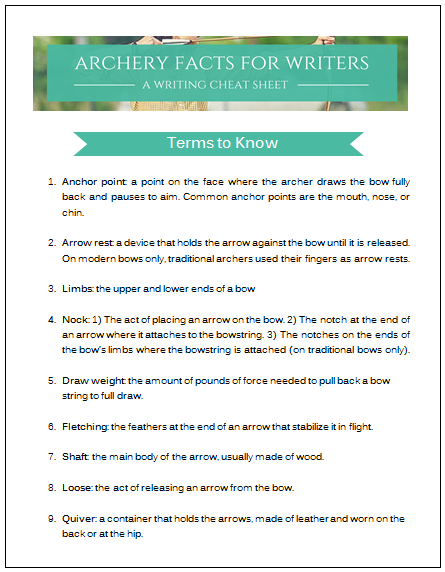



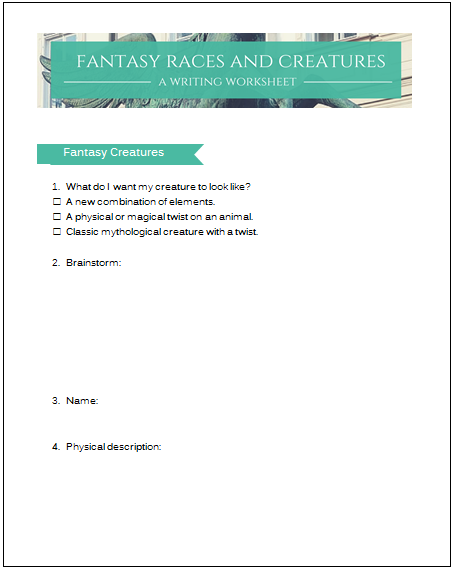


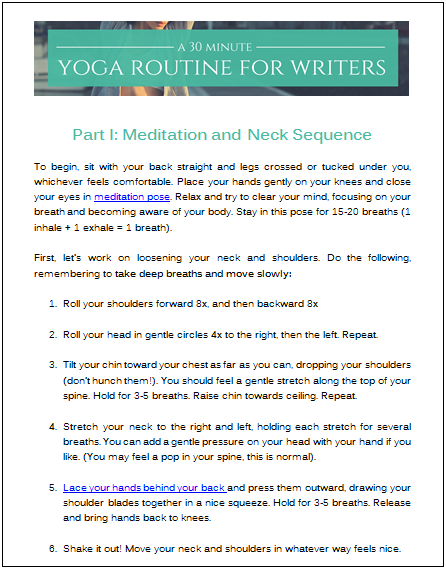
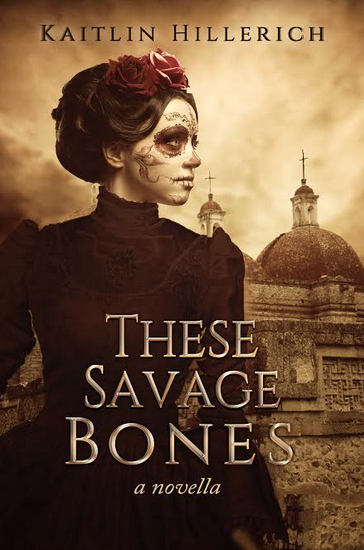
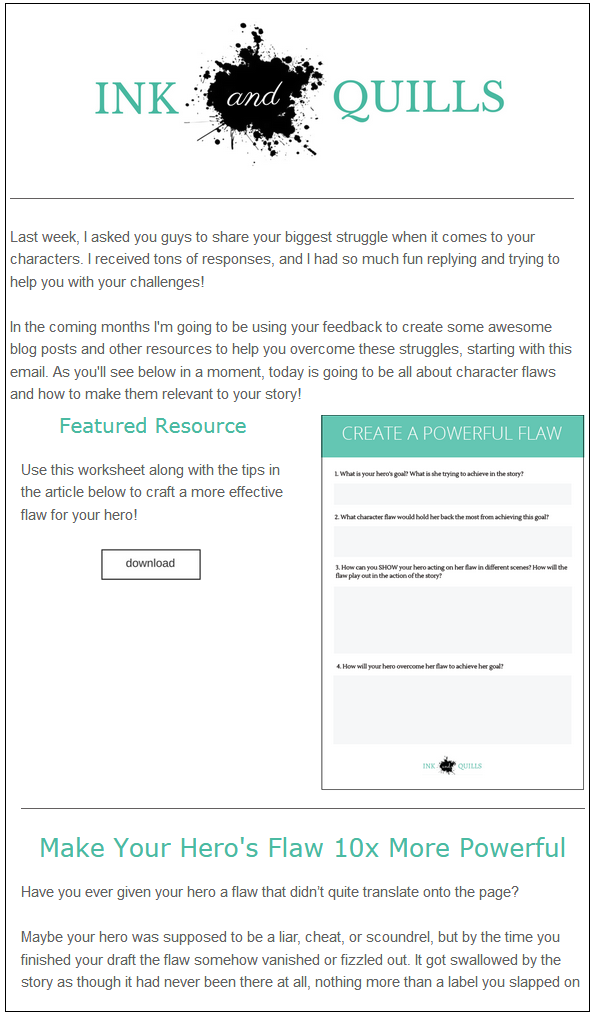
First of all. Mr Darcy. *swoon* *glances at Pride and Prejudice book* *slowly slides hand towards book* *jerks hand away* No. Not again. Not this soon. *stares at book* Okay, got that out of the way. Now I can move on.
I completely agree.
If you were to come up and ask me one thing I can’t STAND about YA fiction, I will not hesitate to say Love Triangles. If you were to ask me one thing to avoid when writing romance (which I’ve always found to be a tricky thing to write) I would say Love Triangles every time without falter. And it’s for the same reasons as you listed. They’re predictable, frustrating, and annoying. I also find they ruin what would otherwise be amazing friendships that could have been developed throughout the story. (My favorite example is Katniss and Gale from THG but I won’t get into that because there it the possibility I won’t shut up.)
But you’re so right about Jane Austen’s Love Triangles. She wrote them in a way I have honestly never thought of them as Love Triangles. It keeps me intrigued, whereas YA love triangles tend to drive me away, not to mention the fact they are believable. 😀 I love what you said too, it’s about choosing the best character, someone who will remain devoted. The perfect guy isn’t always gonna be the hottest, strongest, with the bright blue eyes and the perfect hair. YA novels tend to forget that.
So can I just give some advice to YA authors? (I have a few in mind but I won’t name any names) if you’re going to write a romance, take a week or month or year and study Jane Austen. I know I’m going too!
As with most cliche’s, I feel the average YA love triangle became popular because what girl doesn’t want two perfect, dashing young men vying for her heart?
However it’s hardly realistic. I find that my favorite stories hold true to how people actually behave. The relationships in these movies are very honest about human flaws and weaknesses, and convey how it takes time to discern a person’s true character and come to trust them.
While Wickham pretends to be the one wronged by Mr. Darcy, Mr. Darcy (swoon) is open with Lizzie about his flaws and shortcomings.
It’s definitely a story to learn from, and how to create endearing characters. Thanks for the thoughts. 🙂
I love Jane Austen so much. And I can’t help but feel suspicious of men I find charming thanks to the likes of Wickham, Willoughby, and Frank.
Jane Austen’s love triangles are definitely more relatable and realistic, and actually more romantic for it, I think. I love your breakdown of them.
Like you said, in the typical YA love triangle the tension comes from choosing between two equally perfect guys. I wonder why this has become so popular – because how often does it actually happen in real life that we are so in love with two people at the same time?
I much prefer the type of tension that comes from love triangles like in Jane Austen, when there actually is a ‘right & wrong’ choice, a discovery of the true motivations involved. Of both the heroes & the heroine herself.
This creates more authentic tension. And it is better for character development of the heroine as well I think — we learn more about her over the story, since the decisions she makes are based on situations with more depth. The other way, we learn little about her as a person other than that she is indecisive and attracted to hot guys. 🙂 The decision is almost arbitrary in the end, as it almost could have gone either way, and doesn’t really say much about the characters involved.
I guess maybe the modern form of love triangles fulfils a certain kind of fantasy — having an abundance of equally as amazing and good looking love interests, who are intensely in love with you & willing to fight for you. Poor me. How will I ever choose? It’s kind of a cop out when it comes to create real romantic tension, but it works because it’s addictive escapism? Not sure.
Thanks for the thought provoking post 🙂
My love triangles are completely different from both of these. Two guys like one girl -which will she chose, the arrogant Asian male, or the great guy who would move mountains for her? Then, which is really the one who will move mountains? I am writing this now.
My other love triangle is still two guys. One a life long friend -a perfect guy with a respected future. There future, together, has already been decided. The other is unattainable. Two countries, two defined family commitments -will everything they’ve worked for be cast aside, because a man claims a woman?
My girls have only one love -but which one will he be?
I enjoyed this post! Interesting.
I never truly understood what annoyed me about YA love triangles until reading this post. But you hit the nail on the head–just pick one already! I’m trying to remember if I enjoyed the YA love triangle when I was a YA, but I don’t think it was as prevalent then. My favorite books had the heroine going for ONE guy at a time.
I found this comparison really interesting, but I got up on some of your points. How are you defining love triangles here?
I would define a love triangle as a romance that involves three people instead of two. Usually it’s two boys and one girl, though it could be the reverse. You can present a love triangle in different ways, but the most common characteristics in love triangles I’ve seen in YA are:
1) One girl choosing between two boys 2) The girl is in love with both boys at the same time 3) Both guys are good choices (handsome, love her, and would treat her well), but she must decide which one she loves more 4) One guy is usually harder to obtain or the more complicated choice, and more often than not this is the one she ends up choosing.
I noticed that these characteristics I’ve become so used to seeing in love triangles didn’t appear in the love triangles Jane Austen presented, so I compared and contrasted the differences to show that there is more than one way to construct a love triangle. And I am sure there are even more ways to approach the love triangle than what I discussed here!
I agree that the constant wavering back and forth between two love interests gets old after a few chapters. It makes the heroine seem weak and silly.
I also think that the focus on charm and good looks is very damaging to young readers. It’s important to promote healthy messages, especially when writing for children and young adults, and modern YA romance novels do not portray healthy relationships. I have never read Jane Austen, so I can’t comment on her romances, but I do believe that when it comes to choosing a partner for the rest of your life, old fashioned values will serve you much better than the modern approach.
Amen!
It used to be thought that a girl going after two guys at the same time meant she was a little boy-crazy. And that wasn’t good. When did it start becoming “ok” for a girl to throw herself at guys willy-nilly?
I think Jane Austen’s work would definitely never have been as resonate or long lasting with the typical, modern triangle. They are such a good reminder that love is not about feelings, charm or wit, but all of the qualities you listed above!
Thanks for this amazing take on love triangles! (I agree, modern YA love triangles annoy me, too!)
Kayla
I wish we had more love triangles like THIS nowadays! Our culture could benefit from more old-fashioned values like those in Jane Austen’s writing. 😉 We have a serious problem where young girls (and even older women) have difficulty seeing a man’s true character, because the importance of character isn’t emphasized anymore in movies and books. They don’t recognize those “villains with the face of a Disney prince” in real life. It’s sad and scary. I try to include those crucial, missing values in my own writing. Don’t ever trust the charmers in my books. Haha! ;D
In my YA series, I’m have a small love triangle between 3 people: Simon, Helena, and Claire (so one guy, two girls). Simon and Helena meet first, and both have feelings for one another. But later Simon meets Claire, and she starts to “like like” him, and he finds himself liking her back. I’ve determined I want Simon and Claire to be the final couple. My problem is, I don’t want to have an annoying YA-cliche love triangle, or have Simon break Helena’s heart for apparently no reason, and both girls have a good moral character -not just looks. Any advice?
I think you should set up a situation where it also becomes apparent to Helena that Simon seems to like Claire more, and that Claire would fit him more in the long run. And Helena bows out gracefully. Simon also has to be up front about having feelings for someone else. I hate it when people in books lie to each other. It just sets up everyone for a lot of pain, and also, it makes me think less of the character who dithers.
Months later… As a reader, and and an”old sentences” fan: will try to traslate one which we got.
“If you got one love and then fund another. Leave the first one for the second one. If you really love the first one, you never can fall in love to the second one”.
Of course, must to be “love”… if is just “like/attach” thing… I could leave him alone. As the first one girl, if she wasnt enough valuated, dont “deserve” her love, at least, he make her “forgive him” with very good reasons, not a simple: Im sorry.
PS. I´m not english native, sorry my mistakes.
You make some really great points! Now to be honest, I’m not a huge Jane Austen fan (her books are very character/relationship focused, and I need just a little bit more in terms of plot to keep me engaged). Still, I commend her for focusing on complex characters and realistic relationships, because she’s REALLY good at it. I feel like we all know a Wickham, a Darcy, a Bingley, an Elizabeth, and a Jane. Her characters are SO real, which I think is what makes the writing so timeless and the romances so believable.
I think another aspect of Austen’s romance arcs is that the characters really grow each other. This is most powerful in Pride and Prejudice–Mr. Darcy’s arc (his change of character) simply would not exist without Elizabeth, and vice versa. But it’s also present in her other books. Instead of characters being thrown together by circumstance and falling in love because there’s a body in the room, or characters who have great physical chemistry but little narrative chemistry (they spend more time thinking/talking/acting on feelings than values), Austen’s characters actively challenge each other to become better people.
Arguably, sometimes it’s the guys (Knightley and Tilney) challenging the girls more. But in Persuasion (which has one of the biggest instances of love triangles–Wentworth has two young ladies after him, besides Anne, who is herself receiving interest from Mr. Elliot), the opposite is true. Wentworth’s arc has to mature him to Anne’s level.
I also like that there are often Actual Consequences to the love triangle, or acknowledgement of complications. Wentworth is very nearly forced into marriage as a matter of honor, Frank’s slight of Emma–though it misses the worst damage–harms his reputation among her friends. You have the sense that the good guys (Edward, Wentworth) would bear the punishment of toying around (marrying the chicks), while the bad or less good guys (Frank, Wickham) are the ones attempting to escape harm. In YA, often at the end of the triangle everyone gets off free, with no emotional or social damages. Even though Austen’s heroines likewise often end up lucky, I appreciate that there are trails of damage by the less worthy characters.
Yes!! So many romance novels and movies annoy me for the purpose that the girls are putting the guys through so much back and forth torture. Yes, girls like to be pursued and sometimes play hard to get, but at the same time, if they constantly cannot decide a man for their future, what kind of girl are they really?
I’ve yet to read any of Jane Austen’s books, but found this helpful in examining the love triangle I’m writing. I think I’m kinda actually twisting both the typical YA romance with a Jane Austen romance idea, into a form of its own, from the sounds of it!
It involves the heroine liking neither guy for a while, because she knows nothing of either. However she has already blindly accepted her fate betrothed to the one, and tries to convince herself she can love him in time. Unfortunately the other has truly captured her heart, by that time. Both men are admirable, each with varying good and bad qualities. One is a reminder to her of a duty she wants to escape from, though remains an amicable acquaintance. The other truly captures her heart. In the end, though, by a twist of fate, she finally gets to chose for herself the one she loves. It’s set in the medieval era when marriages were pre-arranged and not based on love, after all.
What a fantastic article! I too find most YA love triangles irritating and unbelievable. I realize that some people want to live their fantasies through books, but sometimes it’s just that fantasy (and not the swashbuckling adventure kind either). I agree that what makes Austen’s stories so amazing is that they are more true to real life and human nature. It’s not so often that a woman (or a man) will fall in love with two people at the same time. They can like two people for different reasons but usually that’s not love.
I’m so glad that I stumbled upon your website. I too enjoy analyzing stories to see how they are done well. Your passion for writing and storytelling is evident in this post. I find your writing inspiring and hope to be as influential and provocative as you. I look forward to reading more of your work.
Thanks for sharing your thoughts!
This made me understand that a love triangle should be more realistic and less cartoony, and somewhat inspired to make up one even though I’m more an action and lesson story writer.
I realized that a love triangle should be more realistic and less cartoony, and reading this inspired me to make up one even though I’m more an action and lesson story writer.
EXCELLENT post! You have the same irritations with modern love triangles as I do; this post was just perfect in clarifying really WHY (the heroine waffling, seeming flaky, with both guys ‘perfect’) and complementing it with Austen’s brilliance. 😉 I’d never quite realized before why her love triangle situations work so well, and how she’s teaching us about really knowing a person’s character. Great job!
Can I just say how much I love Jane Austen’s love triangles, and writing in general? Yes, it might have been set in the 1800’s, but because she stuck to more realistic situations (with a tiny bit of the chance circumstance), she was able to create a fantastic story. Because honestly, many love triangles in modern YA literature are just what you described, and wouldn’t really happen like that. It’s just too perfect. Not every man in the world is a Disney Prince.
But, I would also love to point out that Shakespeare has some pretty wicked love triangles, and even more complicated shapes to mess with his characters. (Looking at you, Twelfth Night.) (much ado about nothing) (etc)
I´m thankful to fund this article. (Thought Pinterest). I´m been writing a novel, and I been reading time to time about the cliche about “love triangles”. I was worry about mine can turn into a cliche too.
Reading this post, I can breath without any guilt, because mine is not then as a “formal love triangle”.
It´s as Jane Austen type. She has love just for one. (She hate him first) then she go to falling love with him. But he is not perfect (no one is) and made a lot mistakes. But at the end, she will be with him. Because both really love each other, have the best feelling and help each other to forget and forgive.
I´m so glad fund this…now I can keep continues typing. 🙂
PS. Forgive my mistakes, I´m not a english native.